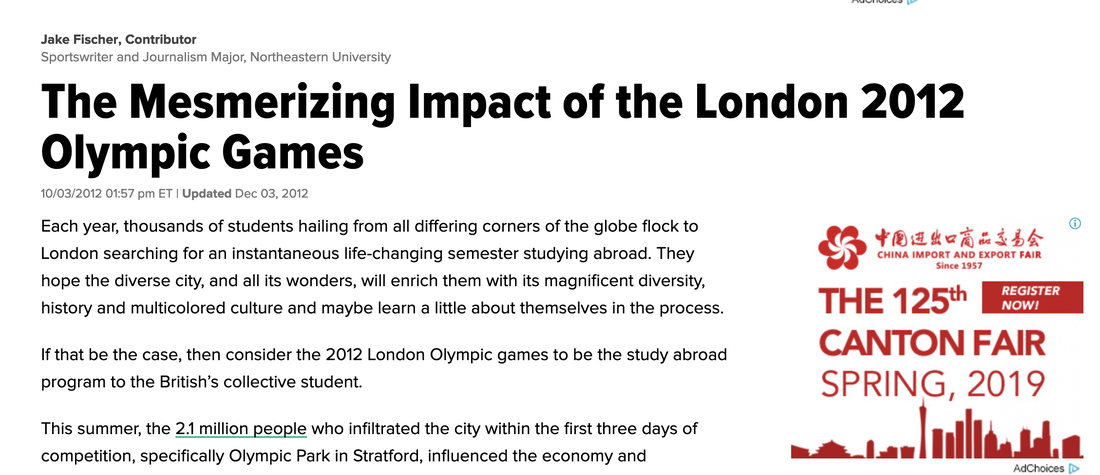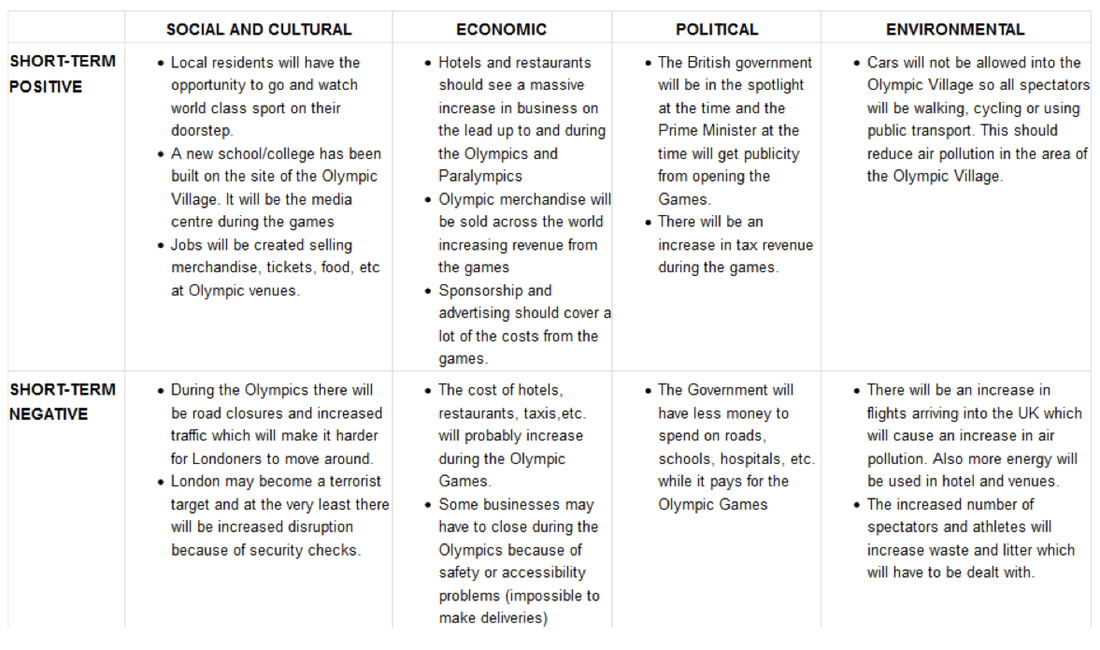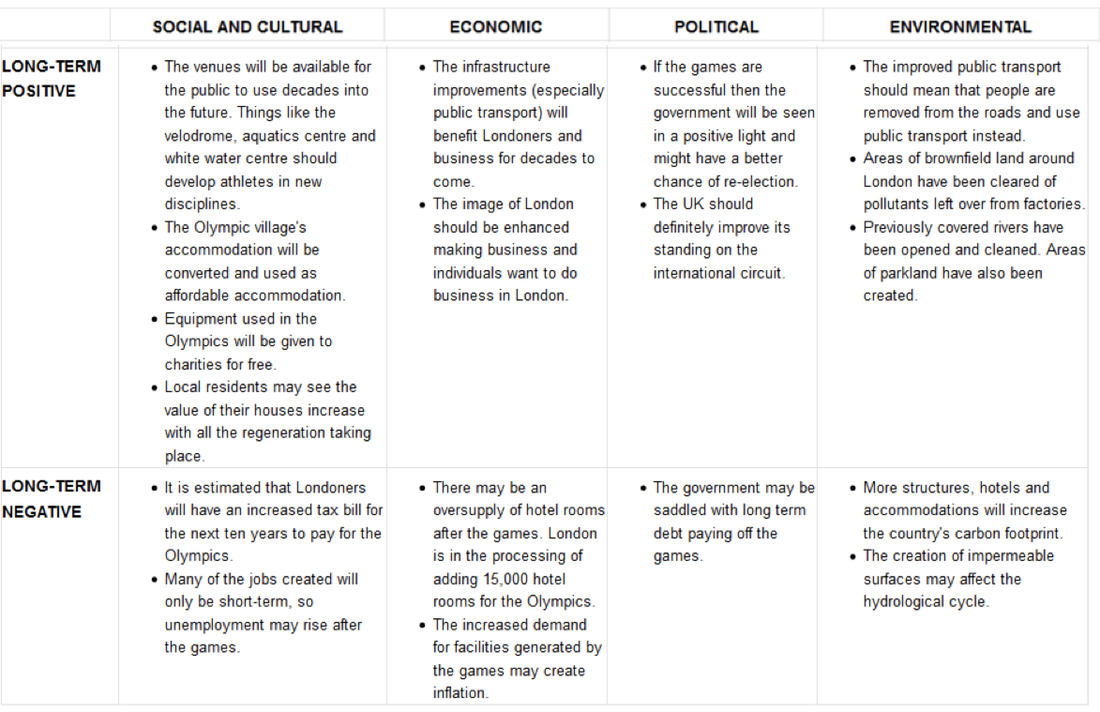-
MYP
- Home
-
IGCSE
- Course information
-
Physical: Hazardous environments
>
- Distribution of tectonic hazards
- Causes of tsunami
- Measuring earthquakes
- Earthquake case study 1: Haiti
- Earthquake case study 2: Christchurch
- Why do earthquakes do more damage in LICs than in HICs?
- How are volcanic eruptions measured?
- Tropical storms - distribution
- Causes of tropical cyclones
- Tropical cyclones - case study
- Why live in hazardous areas?
-
River Environments
>
- Hydrological cycle
- River basins
- Factors affecting river regimes
- Fluvial processes: erosion
- Fluvial processes: weathering and mass movement
- Fluvial processes: transportation and depositon
- River features and their formation
- How rivers change from source to mouth
- Uses of water
- Water pollution
- Water supply
-
IBDP
-
Changing population
>
- Global patterns of economic development
- Physical and human factors affecting global population distribution
- Case study 1: China
- Case study 2: Niger
- Demographic transition
- Megacity growth
- Forced migration and internal displacement
- Ageing populations
- Pro-natalist and anti-natalist policies
- Gender equality policies
- Trafficking policies
- The Demographic Dividend
-
Global climate vulnerability and resilience
>
- Atmospheric system
- The energy balance
- Changes in the energy balance
- The enhanced greenhouse effect
- Climate Change and the Hydrosphere, Atmosphere and Biosphere
- Impacts of climate change on people and places
- Disparities in exposure to climate change risk and vulnerability
- Government-led adaptation and mitigation strategies
- Civil society and corporate strategies
-
Global resource consumption and security
>
- Progress towards poverty reduction
- Measuring trends in global consumption
- Global patterns and trends in the availability and consumption of water
- Global patterns and trends in the availability and consumption of land/food
- Global patterns and trends in the availability and consumption of energy
- Water food and energy nexus
- Recycling and waste
- Malthus vs Boserup
- Resource Stewardship strategies
- Sustainable Development Goals
-
Freshwater - drainage basins
>
- The drainage basin as a system
- How rivers change from source to mouth
- River discharge
- River processes
- River landforms
- Factors affecting flood risk
- Attempts at flood prediction
- Flood mitigation
- Flood mitigation case studies
- Water scarcity
- Agricultural activities and water quality
- Pressures on lakes and aquifers
- Internationally shared water and conflict
- Water management: participation of local communities
- Dams as multi-purpose schemes
- Water management: Integrated Drainage Basin Management (IDBM)
- Managing wetlands
-
Leisure, Sport and Tourism
>
- Growth and purpose of leisure time
- Categories of tourism and sport
- Economic development and participation
- Factors affecting personal participation
- Factors affecting growth of tourism hotspots
- Spheres of influencee
- Factors affecting a national sports league
- Festivals
- Niche national tourism strategies
- Role of TNCs
- Tourism as a national development strategy
- International sporting events
- Consequences of unsustainable growth
- Sustainable tourism
- Future international tourism
- Political and cultural influences on sport
- Extended Essay in Geography >
- Skills/concepts >
-
Changing population
>
- Geography and ToK
- Theory of Knowledge
Study Guide
Political, economic and cultural factors affecting the hosting of international sporting events, including Olympics and football World Cup events
• Case study of costs and benefits for one country hosting an international event
• Case study of costs and benefits for one country hosting an international event
Textbook pp516-527
Hosting a major international sporting event can bring a range of potential costs and benefits to a country.
- Look at page 516-517 and take notes on the costs and benefits a country must weigh up before deciding to host such an event
- How much did it cost China to host the olympic games in 2008 and how much was it estimated to have added to China's GDP? (p522)
- Why was there a big change in the number of countries willing to host the olympics after the 1992 Barcelona Olympics? (p522-523)
Political factors
|
Watch this YouTube based on the British government's role in putting together a successful bid to host the olympics.
|
|
Now watch these clips. What political issues have affected previous Olympic Games? Be specific about place, people, power as well as the dates and issues.
|
|
|
Economic Factors
- Why have most olympic bids been from wealthier countries? (p524)
- How does the economic factor of "television and media rights" play an important part in selecting an olympic city? (p524)
|
What are the economic factors to consider in terms of:
|
|
Socio-Economic factors affecting the London Olympics
- London has five international airports (Luton, Stanstead, City, Heathrow and Gatwick). London City is located very close to the Olympic Village.
- London has a good rail network. Newham is connected by the underground, overground, mainline rail, Docklands light railway and Eurostar.
- Many of the venues were already in existence e.g. Wembley, Lord's, Wimbledon and the O2 arena.
- The government guaranteed to cover the cost of the Olympics.
- The UK has a successful track record of hosting major sporting events, it hosted the European football championships in 1996 and the Commonwealth Games in 2002.
- London is world city, so it is easy to attract sponsorship and advertising to the venue.
|
|
Outline the economic legacy of the London Olympics using this video. |
Cultural factors
Socio-cultural factors and the London Olympics
- London and the UK has a tradition of sport. Lord's is the home of Cricket, Wimbledon the home of tennis and Twickenham the home of rugby. It also has many other famous sporting venues in the capital like the O2 arena, the Emirates and Wembley.
- London championed the idea of leaving a legacy. They said that a poor area would be regenerated and venues would be left for future use.
- They had the backing of celebrities, Lord Sebastian Coe (former Olympic champion) and David Beckham helped with the bid process.
- The bid team used local residents to further their course and to show that it had the backing of the local population. Thirty of the final 100 bid team in Singapore for the vote were local Londoners.
- All venues will be used after the Olympics. They will either be made smaller or dismantled and moved to other parts of the country.
- There are a large number of hotel rooms in and around London.
- In terms of cultural factors, explain why some Olympics have been met with approval from the local people and others with hostility. (p525)
- Read through the economic and non-financial benefits of the olympics on p525-526. Add any extra factors to your notes that have not already been covered.
Costs and benefits of the London Olympics
Use the tables below and your notes above to evaluate the costs and benefits of the London Olympic Games:


